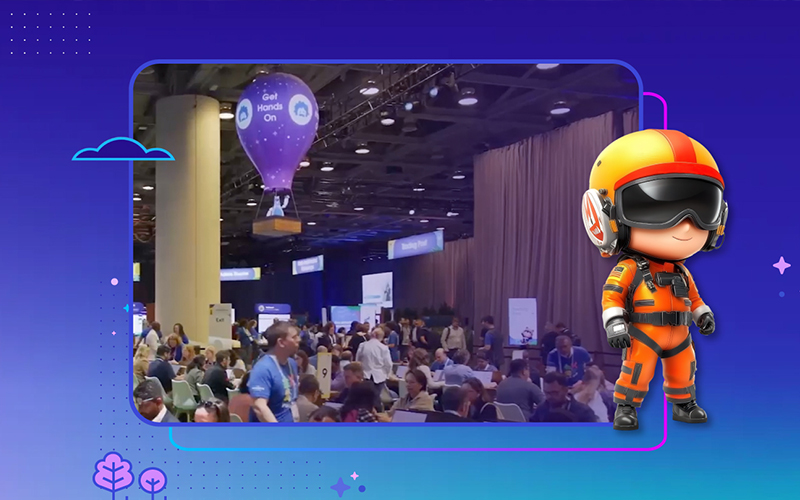
This is the final installment of our “Get Onboard with the AppExchange” series, showing first-timers the ropes. Here are entries to date:
Part 1: Choose Your Path
Part 2: Utilize Your PAM
Part 3: Introducing Your Partner Success Manager
Part 4: Interfacing with your Technical Evangelist
Bonus Track: Sales Engineers
This blog is not in the scope of the previous blogs in this series, in that I have not made any past mentions about this next persona at Salesforce — hence the “bonus track”. By now, I hope the message to you has been clear that from the onset of your relationship with Salesforce, their aim is to help you succeed. In the previous blogs, I introduced a variety of roles you’ll be interfacing with, wherein every one along the way is aiming to better aid you to greater success as a Salesforce Partner. In keeping with this message, I’d like to introduce you to another role within Salesforce that you will likely never meet — the Sales Engineer (SE).
Salesforce’s Sales Engineers are responsible for driving sales of the portfolio of products Salesforce offers. When Enterprise clients call into Salesforce to seek guidance on what their options are for their existing and/or future business operations, and how Salesforce can fill that need, they are directed to a Sales Engineer to scope out the need. Often, this means the SE is directing prospects to existing products within the AppExchange to help fill some of the list of needs a given prospect is facing, providing a more complete end-to-end solution.
Within your normal engagement with Salesforce, you will not typically encounter the SE. However, if you want to, your first step would be to coordinate an introduction by your PAM to an SE. From there, it becomes a sales pitch on how your product can fill a need for prospective clients. If your product is seen as something they can present to prospects, don’t be surprised if they ask you to build an SE Demo Kit.
The SE Demo Kit is an extension package that you build for the SE’s demo purposes. There may be dependencies within your current managed package that you’d have to address to facilitate the role of this extension package — so be prepared for what could amount to work on two different applications.
The purpose of the SE Demo Kit is so that all the SE has to do is push a button and an org is created with your managed package and an extension package is installed and configured. The configuration aspect is where it can get pretty complex, as it largely depends on how much setup and configuration is needed for your application. If page layouts, OAuth credentials, sample data, etc., is needed to provide a working demo of your application, then this extension package will need to have these areas covered.
You wouldn’t be required to provide the org or the push-button functionality — that is all handled by Salesforce, as they have a system in place to “build” your demo. You just need to provide all the resources within that extension package to make the magic come to life. The end goal is for any SE to access their internal portal, see your product in the list of Demo Kits they have available, push a button, and within minutes, an org is built with your application installed and fully operational — armed with data, layouts, features enabled, and OAuth credentials.
If you think your application is a candidate for an SE Demo Kit, reach out to your PAM to discuss this further. As I’ve mentioned before, your PAM is your go-to-resource. They are already actively pitching your product internally, and this becomes another avenue for them. They’re in the best spot to prime you for the hard questions an SE might present, as well as help arrange the meeting with the SE team to get your product in front of them for consideration. Also note, just because you don’t have an SE Demo Kit doesn’t mean Salesforce isn’t introducing your product to other users — the kit is really designed to help the SE in the sales process.
In closing, I just want to reiterate the theme throughout this blog series — Salesforce wants you to succeed, so much so that they have built out an army of people and roles whose sole purpose is ensuring your success. The Salesforce SE is just another quiet, unsung hero, working in the background getting your product out to the marketplace.
If you want additional help succeeding on the Salesforce AppExchange, we’re your go-to PDO. Contact us and we’ll be happy to help!


